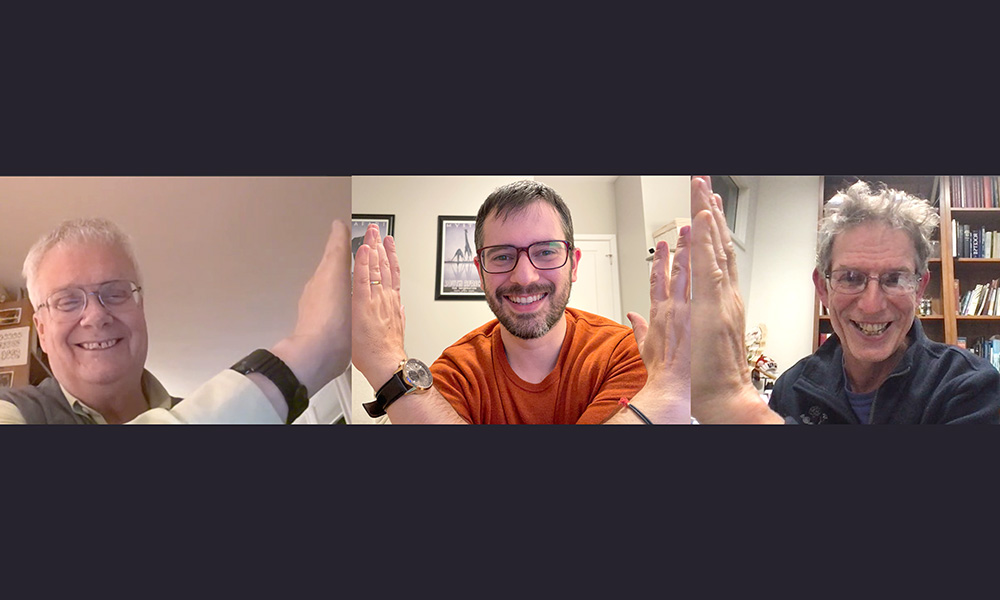A recent collaboration between the Murray Lab and the Nelson Lab found that microbial antagonism can mirror the formation and dissipation of beer bubbles. The study, led by then postdoc and current Cornell professor Andrea Giometto, investigated whether “nucleation theory” can explain the behavior of competing killer yeast strains and was in the journal eLife.
Nucleation is a physical process that allows bubbles and crystals to form. In a glass of beer, small defects in the glass surface or impurities that have settled to the bottom, are nucleation sites for bubbles of carbon dioxide: large bubbles can overcome the energetic cost of forming an interface between liquid and gas, and thus grow in size, whereas smaller bubbles disappear.
Remarkably, the same dynamics are observed when two different microbial strains fight each other by secreting toxins into the environment. An island of toxin-producing microbes, the carbon dioxide bubble in our analogy, cannot invade a surface with an established microbial colony that produces a weaker toxin unless the initial inoculum of the invader is larger than a critical size.
This analogy between nucleation dynamics and the population dynamics of antagonistic microbes was recently explored in a theoretical model of antagonistic dynamics inspired by nucleation physics by Lavrentovich and Nelson.
In the new eLife study, the authors engineered two strains of the budding yeast to express two different toxins that some wild yeast strains use to kill each other.
By replacing the regulatory DNA sequences that normally control toxin levels, they could experimentally vary the rates at which toxins were released. Using this experimental system, Giometto verified that an introduced population expressing more toxin per unit time must exceed a critical size to successfully invade a population expressing less toxin.
The authors’ theory and experiments suggest that, like chemical and physical examples of nucleation, antagonistic interactions among microbes lead to an energetic cost associated with the interface between the two toxin-producing microbial strains. This costis responsible for the existence of a critical introduced population size. In addition, Giometto, Nelson, and Murray observed an interesting “no-man’s land”, a cell-free ring that separates the two antagonistic strains and helps stabilize the interface.
Unlike chemical and physical examples of nucleation, the authors found that adaptive evolution can alter the rules of the game! For example, the resident strain occasionally became resistant to the invader’s toxin and reversed the invasion. Their preliminary results suggest that the benefit of resistance mutations may depend on the spatial location of the mutant, a phenomenon that Giometto is currently investigating in his lab at Cornell.
Outside of the lab, a variety of wild microbes, including some pathogens of plants and animals, express toxins to prevent invasion by foreign strains. This study helps us understand the conditions required for invading these microbial communities and may help us design strategies to manipulate microbiomes or prevent infections by exploiting antagonistic microbial interactions.
by Andrea Giometto, Andrew Murray, David Nelson, and Diana Crow


